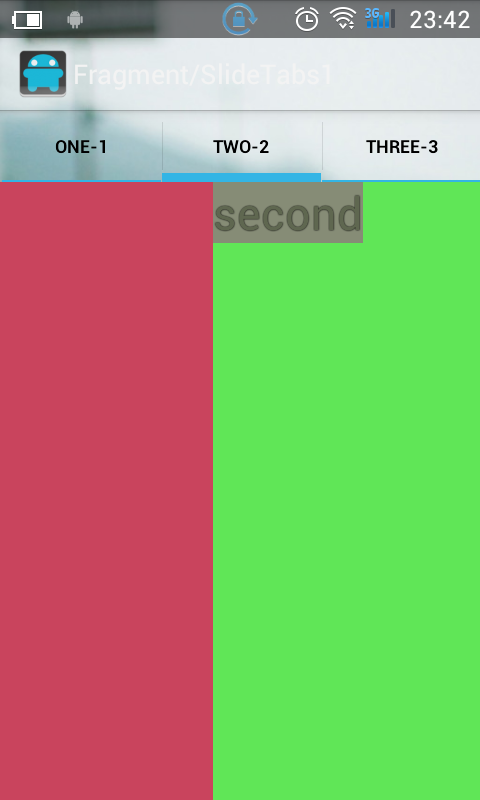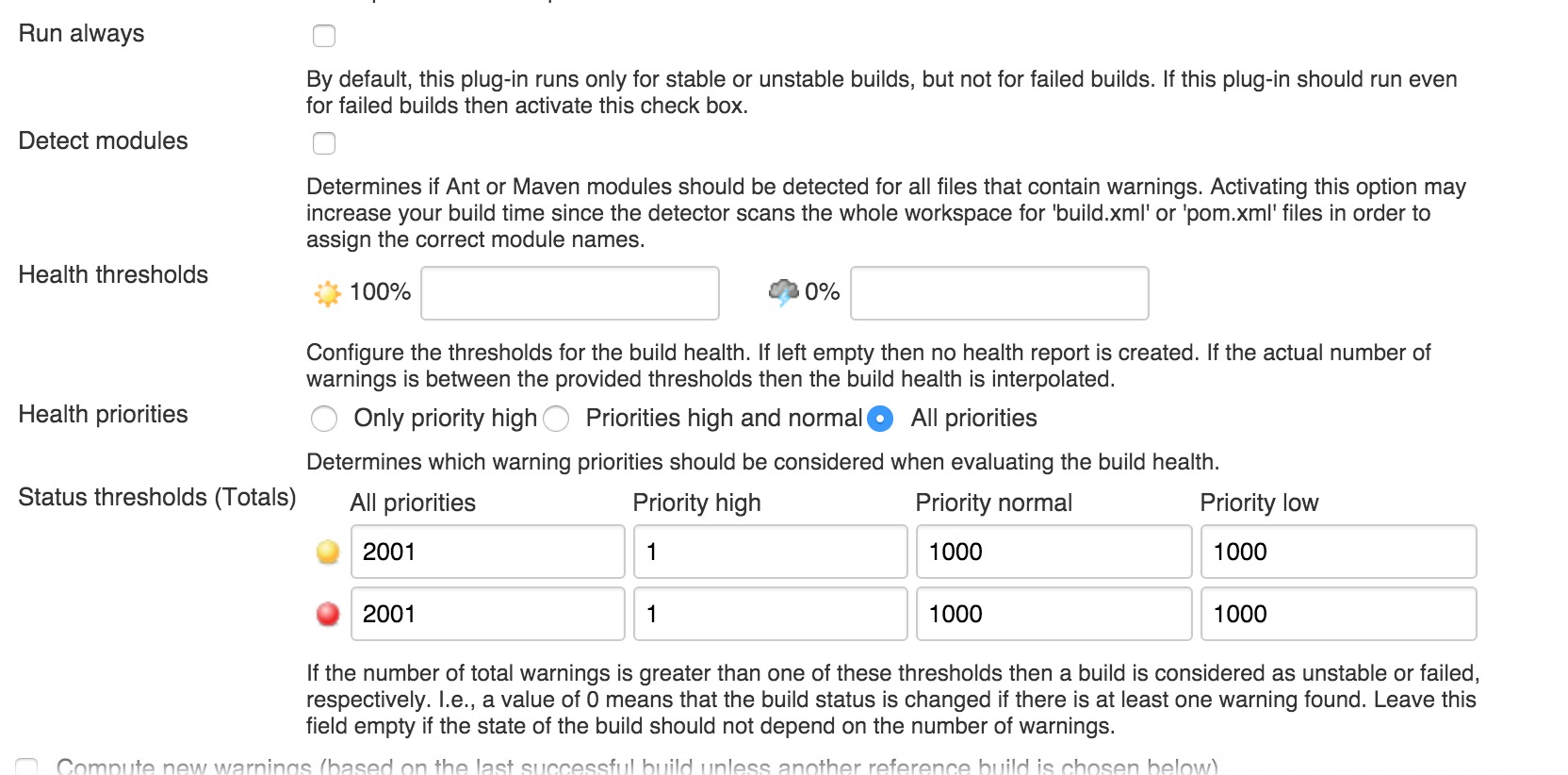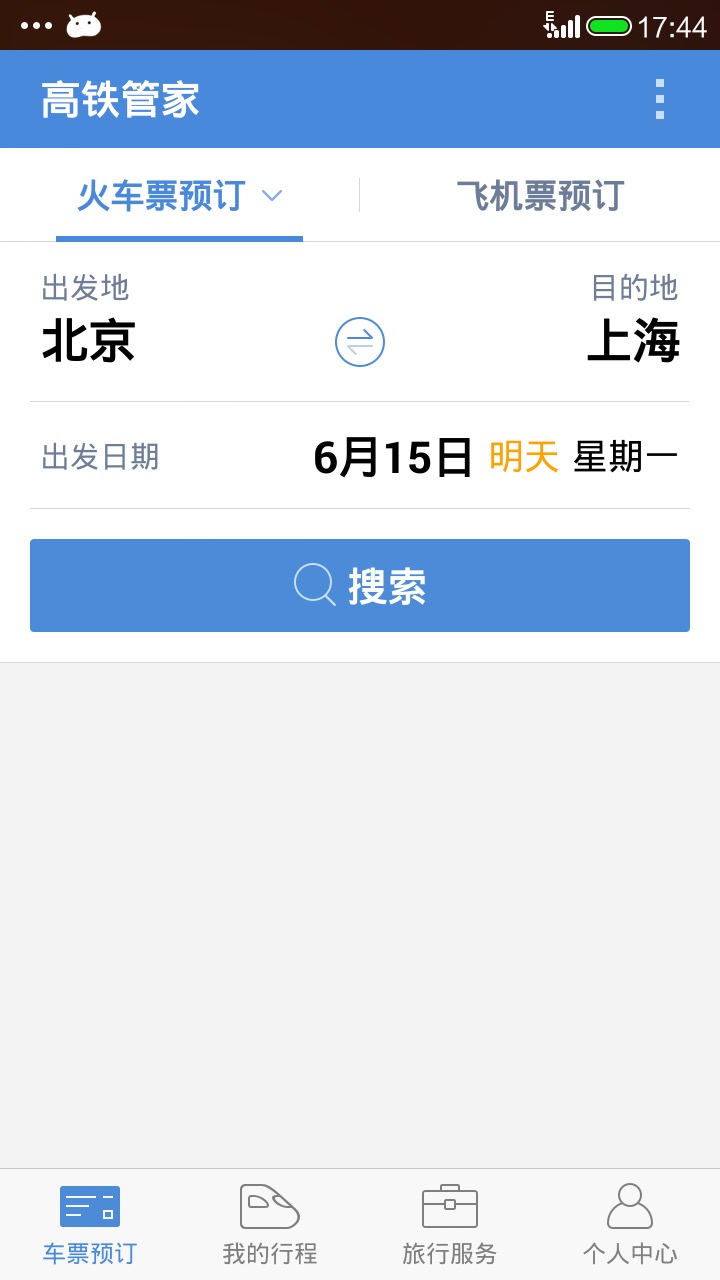編輯:關於Android編程
android API 中提供了SmsManager類處理短信。其中的sendTextMessage(num, null, content, pend, null)函數就是發送,具體介紹如下:
SMS涉及的主要類SmsManager
實現SMS主要用到SmsManager類,該類繼承自java.lang.Object類,下面我們介紹一下該類的主要成員。
公有方法:
1、ArrayList<String> divideMessage(String text)
當短信超過SMS消息的最大長度時,將短信分割為幾塊。
參數:text——初始的消息,不能為空
返回值:有序的ArrayList<String>,可以重新組合為初始的消息
2、static SmsManager getDefault()
獲取SmsManager的默認實例。
返回值:SmsManager的默認實例
3、void SendDataMessage(String destinationAddress, String scAddress, short destinationPort, byte[] data,PendingIntent sentIntent, PendingIntent deliveryIntent)
發送一個基於SMS的數據到指定的應用程序端口。
參數:
1)、destinationAddress——消息的目標地址
2)、scAddress——服務中心的地址or為空使用當前默認的SMSC
3)destinationPort——消息的目標端口號
4)、data——消息的主體,即消息要發送的數據
5)、sentIntent——如果不為空,當消息成功發送或失敗這個PendingIntent就廣播。結果代碼是Activity.RESULT_OK表示成功,或RESULT_ERROR_GENERIC_FAILURE、RESULT_ERROR_RADIO_OFF、RESULT_ERROR_NULL_PDU之一表示錯誤。對應RESULT_ERROR_GENERIC_FAILURE,sentIntent可能包括額外的“錯誤代碼”包含一個無線電廣播技術特定的值,通常只在修復故障時有用。
每一個基於SMS的應用程序控制檢測sentIntent。如果sentIntent是空,調用者將檢測所有未知的應用程序,這將導致在檢測的時候發送較小數量的SMS。
6)、deliveryIntent——如果不為空,當消息成功傳送到接收者這個PendingIntent就廣播。
異常:如果destinationAddress或data是空時,拋出IllegalArgumentException異常。
4、void sendMultipartTextMessage(String destinationAddress, String scAddress, ArrayList<String> parts,ArrayList<PendingIntent> sentIntents, ArrayList<PendingIntent> deliverIntents)
發送一個基於SMS的多部分文本,調用者應用已經通過調用divideMessage(String text)將消息分割成正確的大小。
參數:
1)、destinationAddress——消息的目標地址
2)、scAddress——服務中心的地址or為空使用當前默認的SMSC
3)、parts——有序的ArrayList<String>,可以重新組合為初始的消息
4)、sentIntents——跟SendDataMessage方法中一樣,只不過這裡的是一組PendingIntent
5)、deliverIntents——跟SendDataMessage方法中一樣,只不過這裡的是一組PendingIntent
異常:如果destinationAddress或data是空時,拋出IllegalArgumentException異常。
5、void sendTextMessage(String destinationAddress, String scAddress, String text, PendingIntent sentIntent,PendingIntent deliveryIntent)
發送一個基於SMS的文本。參數的意義和異常前面的已存在的一樣,不再累述。
常量:
第一:調用系統短信接口直接發送短信;主要代碼如下:
/**
* 直接調用短信接口發短信
*
* @param phoneNumber
* @param message
*/
public void sendSMS(String phoneNumber, String message) {
// 獲取短信管理器
android.telephony.SmsManager smsManager = android.telephony.SmsManager
.getDefault();
// 拆分短信內容(手機短信長度限制)
List<String> divideContents = smsManager.divideMessage(message);
for (String text : divideContents) {
smsManager.sendTextMessage(phoneNumber, null, text, sentPI,
deliverPI);
}
}
第二:調起系統發短信功能;主要代碼如下:
/**
* 調起系統發短信功能
* @param phoneNumber
* @param message
*/
public void doSendSMSTo(String phoneNumber,String message){
if(PhoneNumberUtils.isGlobalPhoneNumber(phoneNumber)){
Intent intent = new Intent(Intent.ACTION_SENDTO, Uri.parse("smsto:"+phoneNumber));
intent.putExtra("sms_body", message);
startActivity(intent);
}
}
下面來主要講解第一種方法,第一種方法可以監控發送狀態和對方接收狀態使用的比較多。
處理返回的狀態代碼如下:
//處理返回的發送狀態
String SENT_SMS_ACTION = "SENT_SMS_ACTION";
Intent sentIntent = new Intent(SENT_SMS_ACTION);
sentPI= PendingIntent.getBroadcast(this, 0, sentIntent,
0);
// register the Broadcast Receivers
this.registerReceiver(new BroadcastReceiver() {
@Override
public void onReceive(Context _context, Intent _intent) {
switch (getResultCode()) {
case Activity.RESULT_OK:
Toast.makeText(MainActivity.this,
"短信發送成功", Toast.LENGTH_SHORT)
.show();
break;
case SmsManager.RESULT_ERROR_GENERIC_FAILURE:
break;
case SmsManager.RESULT_ERROR_RADIO_OFF:
break;
case SmsManager.RESULT_ERROR_NULL_PDU:
break;
}
}
}, new IntentFilter(SENT_SMS_ACTION));
//處理返回的接收狀態
String DELIVERED_SMS_ACTION = "DELIVERED_SMS_ACTION";
// create the deilverIntent parameter
Intent deliverIntent = new Intent(DELIVERED_SMS_ACTION);
deliverPI = PendingIntent.getBroadcast(this, 0,
deliverIntent, 0);
this.registerReceiver(new BroadcastReceiver() {
@Override
public void onReceive(Context _context, Intent _intent) {
Toast.makeText(MainActivity.this,
"收信人已經成功接收", Toast.LENGTH_SHORT)
.show();
}
}, new IntentFilter(DELIVERED_SMS_ACTION));
以下是對以上代碼的封裝
1、短信的發送
import android.app.PendingIntent;
import android.content.Context;
import android.content.Intent;
import android.content.IntentFilter;
import android.telephony.SmsManager;
import java.util.ArrayList;
import java.util.List;
/**
* Created by Javen on 2016-03-15.
*/
public class SMSMethod {
private static SMSMethod mSMSmsMethod;
/* 自定義ACTION常數,作為廣播的Intent Filter識別常數 */
public static String SMS_SEND_ACTIOIN = "SMS_SEND_ACTIOIN";
public static String SMS_DELIVERED_ACTION = "SMS_DELIVERED_ACTION";
/* 建立兩個mServiceReceiver對象,作為類成員變量 */
private SMSReceiver mSendSMSReceiver, mDeliveredSMSReceiver;
private Context mContext;
private SMSMethod(Context context){
mContext=context;
registerReceiver();
}
public static SMSMethod getInstance(Context context){
if (mSMSmsMethod==null){
synchronized (SMSMethod.class){
if (mSMSmsMethod==null){
mSMSmsMethod=new SMSMethod(context);
}
}
}
return mSMSmsMethod;
}
/**
* 注冊
*/
public void registerReceiver(){
/* 自定義IntentFilter為SENT_SMS_ACTIOIN Receiver */
IntentFilter mFilter01;
mFilter01 = new IntentFilter(SMS_SEND_ACTIOIN);
mSendSMSReceiver = new SMSReceiver();
mContext.registerReceiver(mSendSMSReceiver, mFilter01);
/* 自定義IntentFilter為DELIVERED_SMS_ACTION Receiver */
mFilter01 = new IntentFilter(SMS_DELIVERED_ACTION);
mDeliveredSMSReceiver = new SMSReceiver();
mContext.registerReceiver(mDeliveredSMSReceiver, mFilter01);
}
public void unregisterReceiver(){
/* 取消注冊自定義Receiver */
if (mSendSMSReceiver!=null){
mContext.unregisterReceiver(mSendSMSReceiver);
}
if (mDeliveredSMSReceiver!=null) {
mContext.unregisterReceiver(mDeliveredSMSReceiver);
}
}
public void SendMessage(String strDestAddress,String strMessage){
/* 建立SmsManager對象 */
SmsManager smsManager = SmsManager.getDefault();
try {
/* 建立自定義Action常數的Intent(給PendingIntent參數之用) */
Intent itSend = new Intent(SMS_SEND_ACTIOIN);
Intent itDeliver = new Intent(SMS_DELIVERED_ACTION);
/* sentIntent參數為傳送後接受的廣播信息PendingIntent */
PendingIntent mSendPI = PendingIntent.getBroadcast(mContext, 0, itSend, 0);
/* deliveryIntent參數為送達後接受的廣播信息PendingIntent */
PendingIntent mDeliverPI = PendingIntent.getBroadcast(mContext, 0, itDeliver, 0);
List<String> divideContents = smsManager.divideMessage(strMessage);
for (String text:divideContents) {
/* 發送SMS短信,注意倒數的兩個PendingIntent參數 */
smsManager.sendTextMessage(strDestAddress, null, text, mSendPI, mDeliverPI);
}
}catch(Exception e) {
e.printStackTrace();
}
}
public void SendMessage2(String strDestAddress,String strMessage){
ArrayList<PendingIntent> sentPendingIntents = new ArrayList<PendingIntent>();
ArrayList<PendingIntent> deliveredPendingIntents = new ArrayList<PendingIntent>();
/* 建立SmsManager對象 */
SmsManager smsManager = SmsManager.getDefault();
try {
/* 建立自定義Action常數的Intent(給PendingIntent參數之用) */
Intent itSend = new Intent(SMS_SEND_ACTIOIN);
Intent itDeliver = new Intent(SMS_DELIVERED_ACTION);
/* sentIntent參數為傳送後接受的廣播信息PendingIntent */
PendingIntent mSendPI = PendingIntent.getBroadcast(mContext, 0, itSend, 0);
/* deliveryIntent參數為送達後接受的廣播信息PendingIntent */
PendingIntent mDeliverPI = PendingIntent.getBroadcast(mContext, 0, itDeliver, 0);
ArrayList<String> mSMSMessage = smsManager.divideMessage(strMessage);
for (int i = 0; i < mSMSMessage.size(); i++) {
sentPendingIntents.add(i, mSendPI);
deliveredPendingIntents.add(i, mDeliverPI);
}
/* 發送SMS短信,注意倒數的兩個PendingIntent參數 */
smsManager.sendMultipartTextMessage(strDestAddress,null,mSMSMessage ,sentPendingIntents,deliveredPendingIntents);
}catch(Exception e) {
e.printStackTrace();
}
}
}
2、短信發送狀態的監聽
package com.javen.sms.receiver;
import android.app.Activity;
import android.content.BroadcastReceiver;
import android.content.Context;
import android.content.Intent;
import android.telephony.SmsManager;
import android.widget.Toast;
/**
* Created by Javen on 2016-03-15.
*/
public class SMSReceiver extends BroadcastReceiver{
@Override
public void onReceive(Context context, Intent intent) {
if (intent.getAction().equals(SMSMethod.SMS_SEND_ACTIOIN)){
try{
/* android.content.BroadcastReceiver.getResultCode()方法 */
//Retrieve the current result code, as set by the previous receiver.
switch (getResultCode()){
case Activity.RESULT_OK:
System.out.println("短信發送成功");
Toast.makeText(context, "短信發送成功", Toast.LENGTH_SHORT).show();
break;
case SmsManager.RESULT_ERROR_GENERIC_FAILURE:
System.out.println("短信發送失敗");
Toast.makeText(context, "短信發送失敗", Toast.LENGTH_SHORT).show();
break;
case SmsManager.RESULT_ERROR_RADIO_OFF:
break;
case SmsManager.RESULT_ERROR_NULL_PDU:
break;
}
}catch (Exception e){
e.printStackTrace();
}
} else if(intent.getAction().equals(SMSMethod.SMS_DELIVERED_ACTION)){
/* android.content.BroadcastReceiver.getResultCode()方法 */
switch(getResultCode()){
case Activity.RESULT_OK:
System.out.println("短信已送達");
Toast.makeText(context, "短信已送達", Toast.LENGTH_SHORT).show();
break;
case SmsManager.RESULT_ERROR_GENERIC_FAILURE:
System.out.println("短信未送達");
/* 短信未送達 */
Toast.makeText(context, "短信未送達", Toast.LENGTH_SHORT).show();
break;
case SmsManager.RESULT_ERROR_RADIO_OFF:
break;
case SmsManager.RESULT_ERROR_NULL_PDU:
break;
}
}
}
}
測試代碼:
public void sendTextMessage(View view){
SMSMethod.getInstance(this).SendMessage("xxxx","測試短信。。。");
}
public void sendMultipartTextMessage(View view){
SMSMethod.getInstance(this).SendMessage2("xxxx", "測試短信wwww。。。測試短信wwww。。。測試短信wwww。。。測試短信wwww。。。測試短信wwww。。。測試短信wwww。。。測試短信wwww。。。測試短信wwww。。。測試短信wwww。。。測試短信wwww。。。測試短信wwww。。。測試短信wwww。。。測試短信wwww。。。測試短信wwww。。。測試短信wwww。。。測試短信wwww。。。測試短信wwww。。。測試短信wwww。。。測試短信wwww。。。測試短信wwww。。。測試短信wwww。。。測試短信wwww。。。測試短信wwww。。。測試短信wwww。。。測試短信wwww。。。測試短信wwww。。。測試短信wwww。。。測試短信wwww。。。測試短信wwww。。。測試短信wwww。。。測試短信wwww。。。測試短信wwww。。。測試短信wwww。。。測試短信wwww。。。測試短信wwww。。。測試短信wwww。。。");
}
@Override
protected void onPause() {
SMSMethod.getInstance(this).unregisterReceiver();
super.onPause();
}
別忘了權限的問題:
<uses-permission android:name="android.permission.SEND_SMS" />
以上就是本文的全部內容,希望對大家的學習有所幫助,也希望大家多多支持本站。
 Android開發中模仿qq列表信息滑動刪除功能
Android開發中模仿qq列表信息滑動刪除功能
這個效果的完成主要分為兩個部分自定義view作為listview的列表項 一個view裡面包括 顯示頭像,名字,消息內容等的contentView和滑動才能顯示出來的刪除
 Android中實現可滑動的Tab的3種方式
Android中實現可滑動的Tab的3種方式
1. 第一種,使用 TabHost + ViewPager 實現該方法會有一個Bug,當設置tabHost.setCurrentTab()為0時,ViewPager不顯示
 Jenkins 中運行Android lint和monkey
Jenkins 中運行Android lint和monkey
進入到相應job的配置頁面。Lint:1.在增加構建後操作中添加lint2.在高級中添加lint的通過標准monkey1.在跑monkey前需要將此次構建的apk包安裝到
 Android UI之自定義——類似iOS的Tabbar
Android UI之自定義——類似iOS的Tabbar
Android UI之自定義——類似iOS的TabbarTabbar最早出現在iOS,iOS中的TabBarController實現了